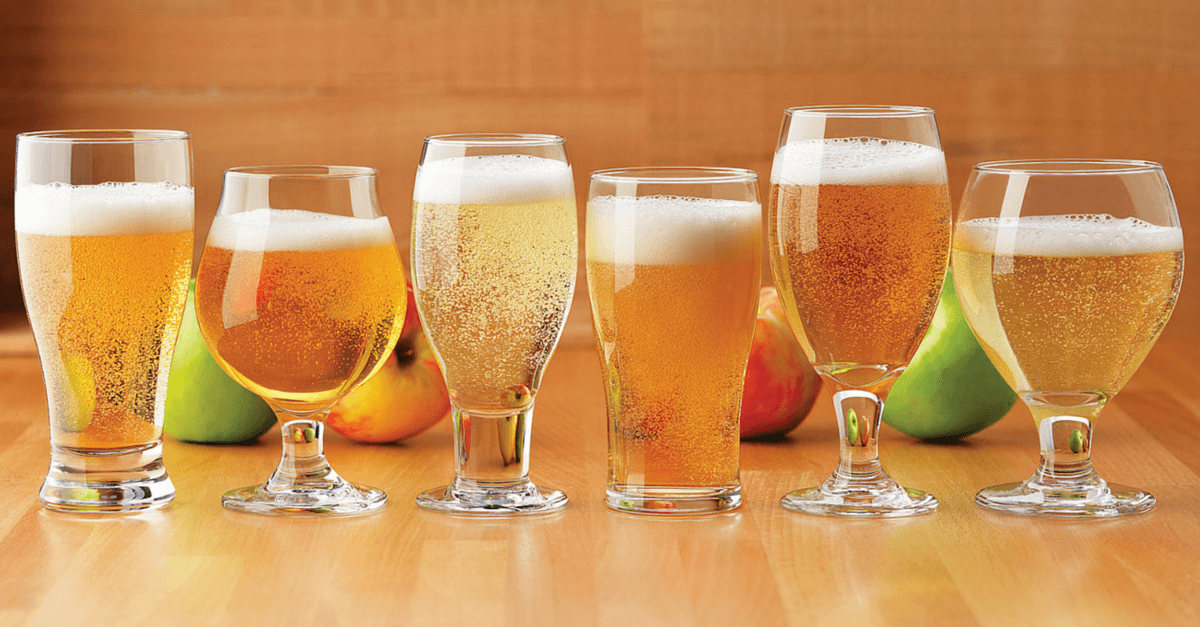Johnny Appleseed was no legend, he was a living, breathing, apple-loving man. His actual name was John Chapman, but even during Chapman’s lifetime, which lasted from 1774 to 1845 (I’ll save you the math — he made it to 70 years old) he was known as “Appleseed.” And with good cause: homeslice loved him some apples. And he really, honestly did traverse much of America planting apple seeds and growing orchards. Also, he was an itinerant preacher who wouldn’t even make a campfire in the cold because he was worried it would attract and kill innocent insects. Weird, right? Totally weird.
Related:
Here’s the other thing: most of the apples harvested from Appleseed’s trees? They weren’t intended for eating, they were intended for drinkin’. Apples from trees grown
from seed (rather than those from trees grafted and then raised to maturity) tend to be so sour and bitter as to be unpalatable for eating, but they can still be used to make tasty booze.In fact, the first apples ever raised in America were for just that purpose as well. While some crab apples are native to the Americas, their fruit is so bitter as be almost unfit for consumption. The colonists who settled Jamestown in 1607 brought with them several varieties of apple seeds (and some trimmings from live trees), but even these apples were still sour compared to the Honeycrisp or Fuji you know today.
No problem there, though: the early settlers used their apples to make strong, hard cider. They drank hard cider because the fermentation process killed bacteria and the alcohol in the drink helped keep it free of contamination. Boozy cider was safer than often dirty water, see?
Hard Cider has been around for a long time
Cider has been consumed since time immemorial, with known varieties traced back to Ancient Greece, Gaul, Rome, and beyond. It’s enjoying a resurgence today, partly because cider is good and goddamned delicious, and partly because so many people suddenly hate gluten.

As for apples themselves, they are actually not America’s favorite fruit; that honor goes to the banana. (Barely, though: according to the USDA, the average American eats 11.4 pounds of bananas per year compared to 10.7 pounds of apples. And 286.3 pounds of Doritos. Probably.) While not necessarily America’s #1 fruit anymore, apples still have some pretty great stuff going for them. For example…
- More than 2,500 varieties of apples are grown in America!
- Apples are grown in all 50 of the states. Yes, even… um… Utah!
- Apples sales top more than 3 billion dollars annually!
- Apple Inc., on the other hand, top 230 billion. So they win that one.
- Almost 60% of all apples grown in America come from Washington
Apples are also free of sodium and cholesterol, rich in vitamins A,B, C, K, and in potassium, and when preserved with sugars or when dried, they can be safely stored for extended periods of time.
Just make sure to keep up those annual physicals even if you do eat a daily apple, because that whole “keeps the doctor away thing” is less than scientifically accurate.





